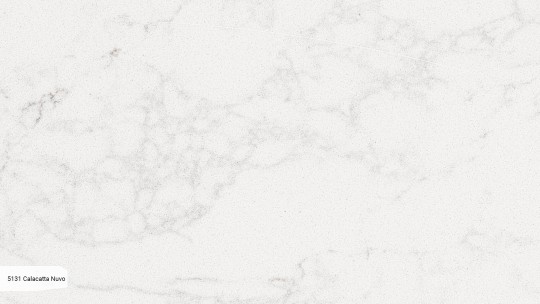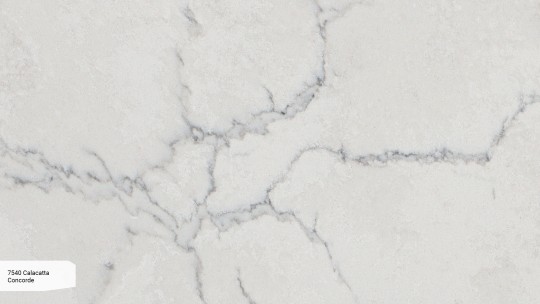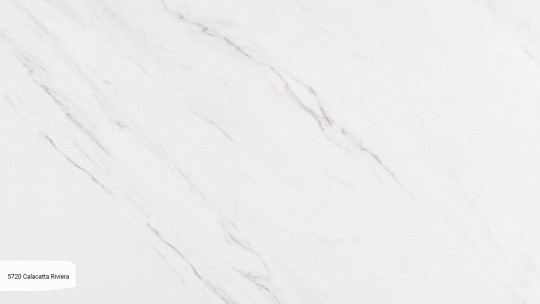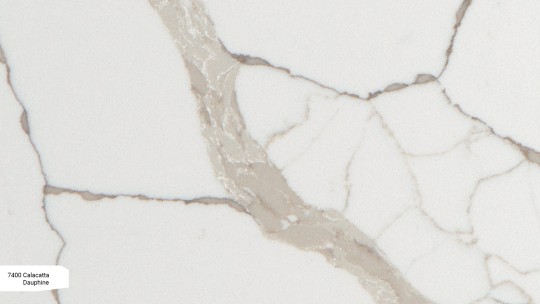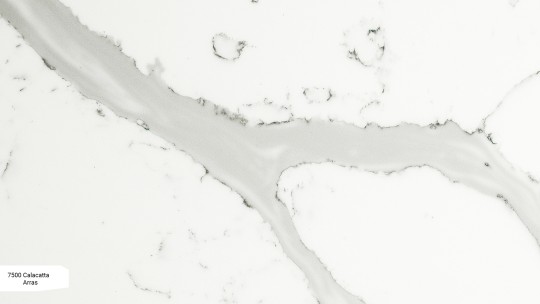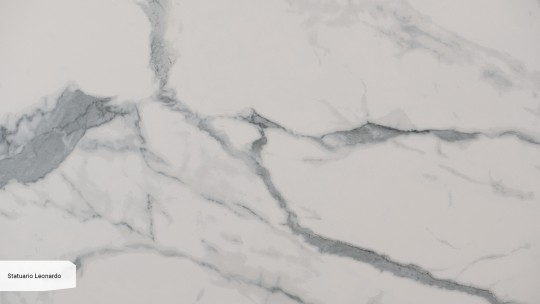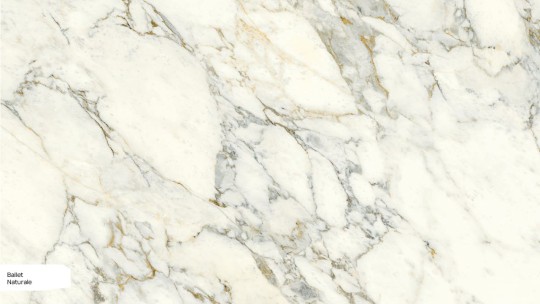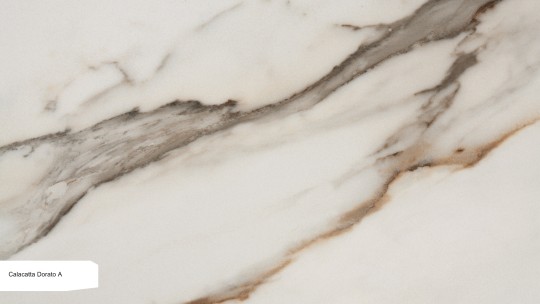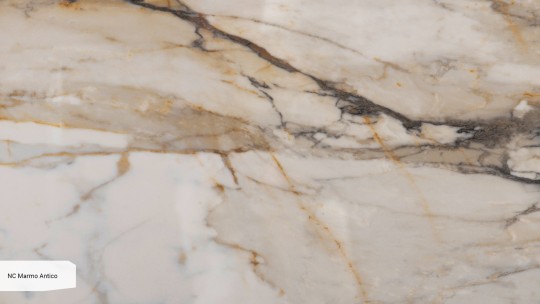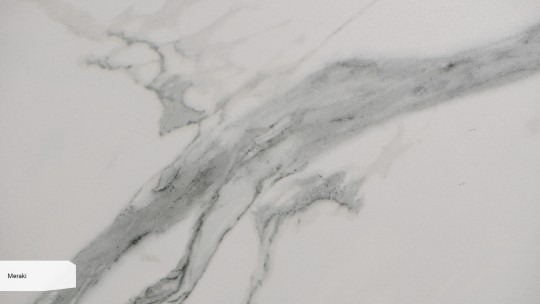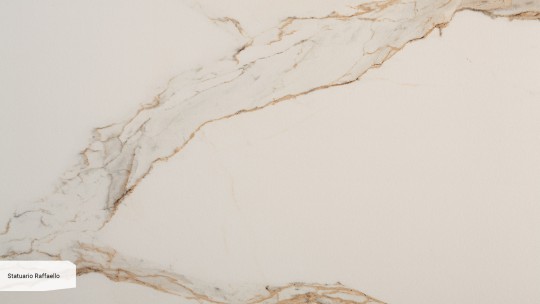How to achieve a marble effect in your interior without the use of natural stone?
References
The marble effect in interior design has for years remained a symbol of luxury, elegance and timeless style, making it a solution of great popularity in interior design projects. But is it essential to employ natural stone to achieve such an effect? In today's article, we have prepared an overview of materials that perfectly imitate marble and have all its advantages, but at the same time are devoid of disadvantages.

Advantages of marble
Marble is a material that has been associated with prestige and elegance for centuries. It is applied to sublime, exquisite interiors. Its abundance of subtle veining and unique patterns ensures that it fits perfectly into both classic and modern settings. It is therefore a timeless solution that never goes out of fashion, plus it significantly increases the value of a property - both visually, artistically and materially. Marble is likewise relatively durable - with proper maintenance, it can last for many years intact.
Disadvantages of marble
Despite its many advantages, marble also has drawbacks that might not be the optimal choice when using it in interior design. Among these are:
- its porous structure, which increases its susceptibility to stains - marble will therefore not be the best choice for surfaces exposed to dirt, as well as those requiring the highest level of hygiene (e.g. kitchens, bathrooms, surfaces in contact with food),
- sensitivity to scratches and mechanical damage,
- need for regular maintenance - regular impregnation and care, often using specialised products, is necessary to keep it in proper condition,
- high cost - the price of both the material itself and the assembly is high, as proper installation requires the involvement of appropriate specialists,
- the need for extremely robust structures - natural stone is very heavy.
Marble effect... without marble? Yes, it is possible!
There are natural stone substitutes on the market that allow you to achieve the effect of marble, but at the same time lack any of its disadvantages. Our range includes:
Quartz surface, also known as quartzite, is an extremely durable material consisting of 93-95% natural quartz and resins (4-6%), which act as a binder. It is distinguished by its high resistance to mechanical damage, abrasion and scratching, and the addition of minerals, marble chips and pigments makes it possible to obtain a variety of colours and patterns. It is commonly used for kitchen and bathroom worktops, window sills, stairs and floors.
Large ceramic slab, also known as ceramic, is a material with unique properties that make it ideal for both interior and exterior use. It is distinguished by its high resistance to abrasion, dirt and temperature fluctuations. Large ceramic slab is characterised by its relatively low weight, which makes it possible to use it in areas that require lightweight yet durable construction solutions.
Check also: Quartz Surface - an Alternative to Natural Stone. Comparison of Characteristics and Properties
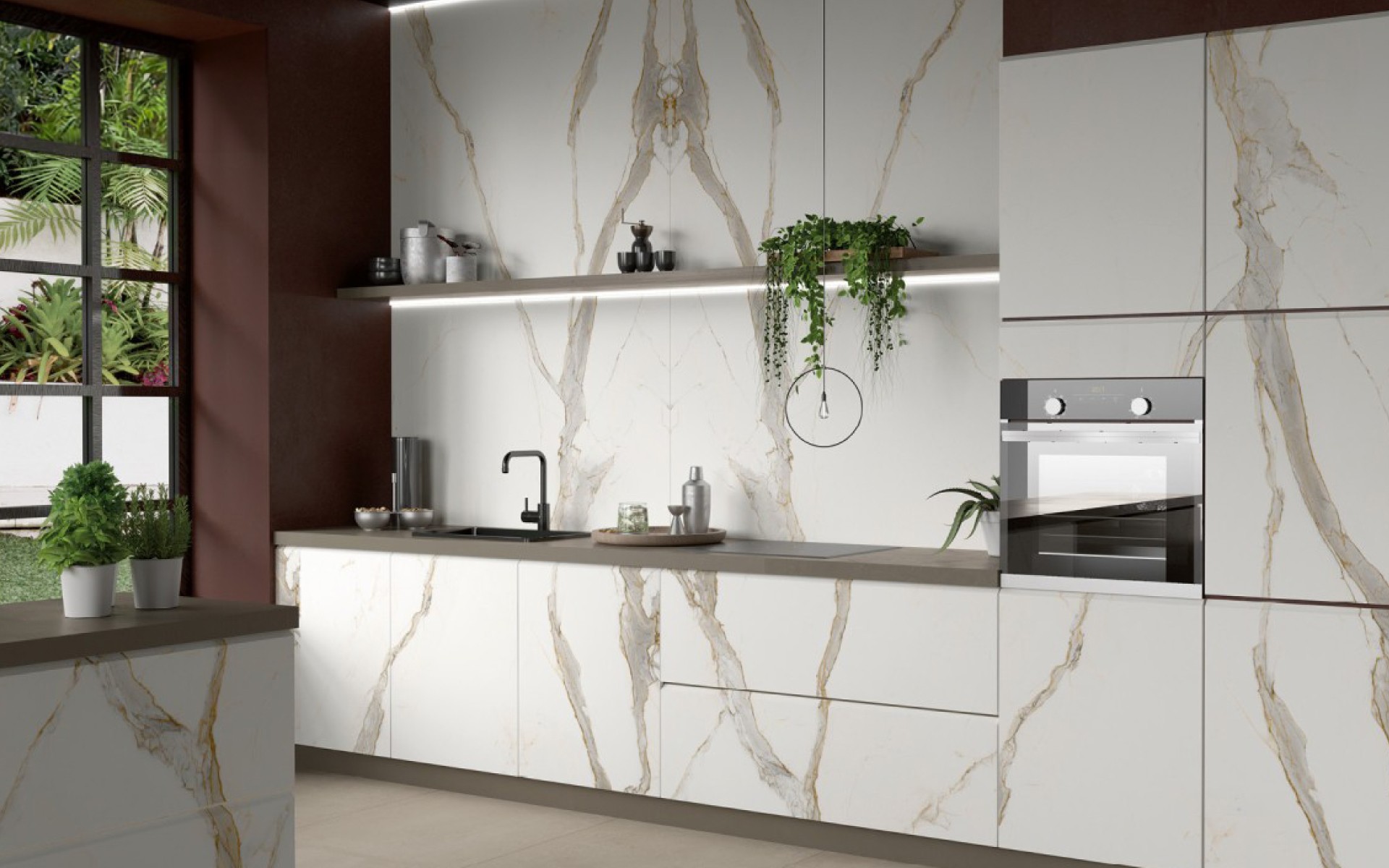
Why should you opt for substitutes?
Marble substitutes not only perfectly imitate the look of marble, but are also devoid of its downsides. What makes them more suitable for interior design?
- greater resistance to damage, due to their greater hardness and durability, less susceptible to scratches, impacts and other mechanical damage,
- a structure without pores and micro cracks, which guarantees resistance to stains, dirt and significantly increases the hygiene level of the material,
- easier care, requiring no specialised chemicals or complicated maintenance,
- more affordable price and easier assembly process.
Considering the advantages of marble as outlined above, it can be seen that they largely coincide with the benefits of its substitutes. It is therefore worth considering alternatives that allow you to enjoy an elegant appearance and which are not affected by the problems inherent in natural stone.

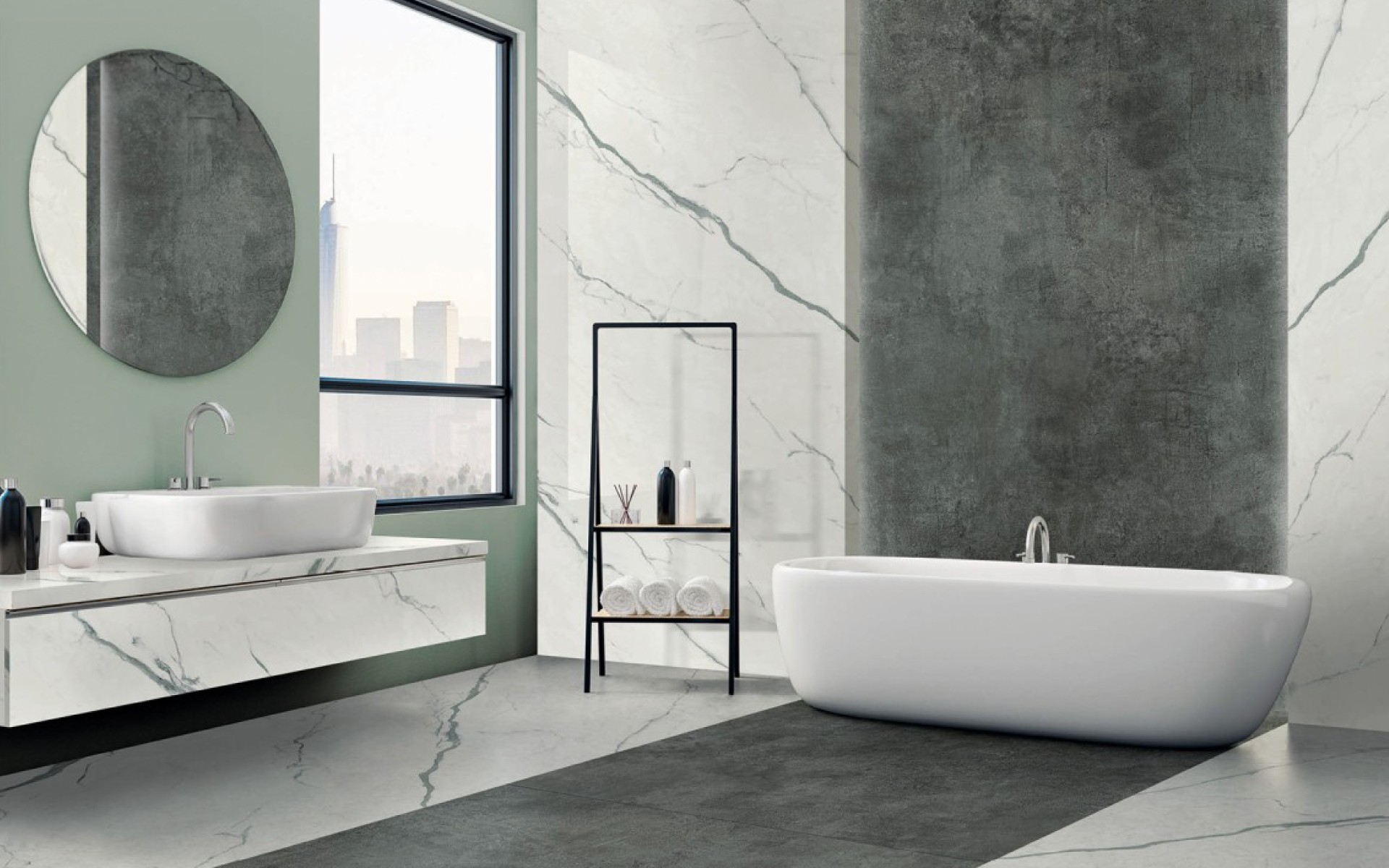
Discover the Architype decors that best reflect the marble look:

